Today I am clean with no dirt under my fingernails and no sand in my underwear. This was not true for the rest of the week, but that is only a minor detail.


The second day was more of the same, only this time I developed blisters between my third and forth toes. By the end of the week I had lost most of the skin between these toes. I’m not sure why this happened as I’ve worn these shoes before (they were what I used in
The beauty of walking the Pada Yathra when you are new to Sewalanka is that you get to meet a lot of the staff you’ll be working with that work out in the field. I finally received some information on some of the projects on which I’ll be working (paper making in villages surrounding
The night of day three we camped near the river again, but this time we were really in the heart of rouge elephant country. Whenever a lone bull elephant (they call them ‘tuskers’ here) starts to terrorize a village they apparently send them to Yala. So there are all these delinquent tuskers in Yala, and we were camping near one of their hangouts. We went to a little jungle temple for another Hindu ceremony (interesting fact: you get to eat the offerings made to the gods after the ceremony is over!), and on our way back in the dark, you could just make out the outline of a giant elephant about 100 feet from where we were sleeping. We built giant bonfires near our camp and hoped that would be enough to keep him away. It worked, because I’m here to write about it.
On day four we got up really, really early to get an early start as we had now caught up with the other pilgrims and there was a military check-point we all had to get through, which included a luggage check. This check-point was more for drug smuggling then war issues. Apparently many officials think the Pada Yathra is just an excuse to smuggle marijuana from the North to the South. Anyway, the situation once again proved that traveling with a swami and monk is a good thing (and that Sewalanka has a lot of pull in this country) because we got through and only a handful of us had our bag checked – that is those of us in the front of the pack and I was in the front because I had no I.D. and we wanted to make sure this didn’t delay others. They never asked for my I.D, but they were interested in the photos on my camera.
We ended day four outside of the park, just two hours from our destination. I wasn’t sure why we stopped when we were so close, but I found out the next day.
Now we were with thousands of people. Our only natural water source was infested with crocodiles (a few local Tamil boys walked us over to show us all the crocs – they wanted to show us the dead body of an older woman who passed away on the trek, but we declined this offer) so Sewalanka brought in their bowser (water truck). It was the cleanest I’d felt the entire trip, but I still wasn’t really clean (I had to “shower” with my clothes on). That night we were terrorized by another tusker. The park service was dealing with him via fireworks and guns (shooting into the air), but it lasted most of the night. We never actually saw this one, but we could hear him. This made using the restroom even more challenging as he was supposedly in the woods behind where we were camping, which was the only place to go for a little privacy. This particular tusker actually trampled someone the year before, which is why the park service was so concerned.
There was one other very exciting moment. An old man came out of the woods near our tarp and left a bag and then rode away (he was on bicycle). Thomas (foreigner working on tsunami relief) looked inside and found a great deal of marijuana and alerted the group. So about 25 Sri Lankan Sewalanka staff took after the old man (some via truck, others on foot), caught him and brought him back to the camp. They asked why he would leave this near us and he said he was worried about getting it through the check point. The Sewalanka staff were concerned that he was trying to frame us. We are all one big group and we’ve been known to pick up a bag if it looks deserted to get it to the rightful owner. He just happened to leave this bag of contraband right next to a sizable group of foreigners and it would be easy to alert the authorities and they would believe it was ours as foreigners have this reputation in
The next day, our last day, I realized why we didn’t try to finish in four days. We spent three and a half hours getting our group through security. This was actually not that long as we cut in front of the other pilgrims (a theme of the week) – I don’t know how long they stayed, but it had to be many hours longer. This last day was also the most uncomfortable as we were now out of the park and walking on a road with traffic.
Once in town we went to the big temple (which is part Hindu, part Buddhist, with a mosque nearby) and tried to break a coconut to make our wishes come true. My coconut did not break, if anyone was wondering (too weak from the Pada Yathra I guess).
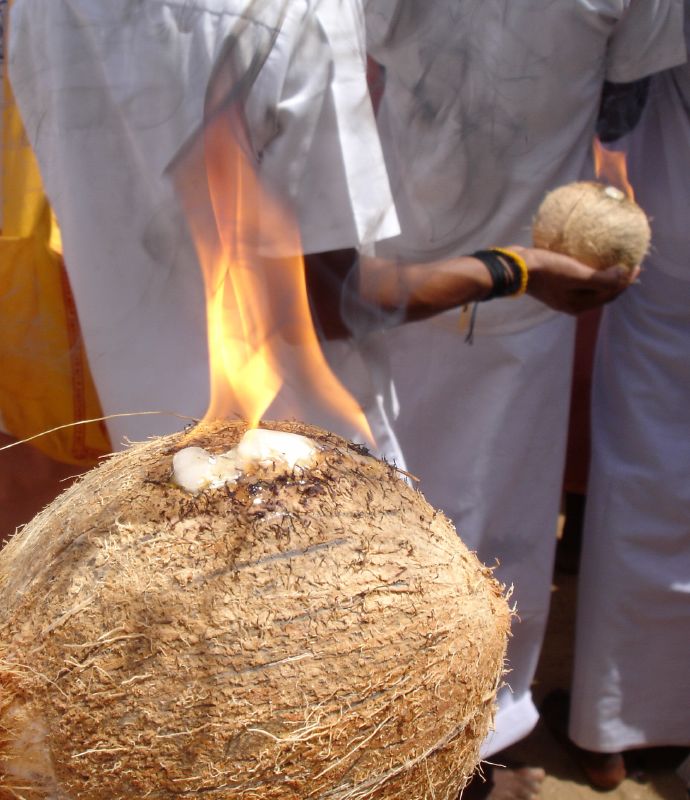
The temple monkeys here are gray langurs.

The temple is very Vegas with colorful lights all over the place. There is a giant, white plaster stupa there for the Buddhists and then a bunch of small temples for various Hindu gods. We went into each temple to check it out – all had swamis inside to bless you for your pilgrimage.
That night we had a Buddhist ceremony (I received a special, blessed yellow string that turned my whole wrist yellow) behind the stupa to even things out and then we attended the Perahera. The Perahera is a big parade with dancers and elephants of various sizes (one very cute baby led the way). Here is where things get confusing. The whole trip I was told that this was a Hindu pilgrimage, but the ruling god in Kataragama is both Hindu and Buddhist and the Perahera is a Buddhist tradition. According to the official Pada Yathra Web site, “In a colourful and joyous yet dignified torchlit procession, one trained tusker elephant carries on his back a relic-casket symbolising Lord Buddha's presence while another tusker follows carrying King Mahasena's presence as contained within His six-cornered yantra device.” Now that sounds clearly Buddhist, but this all took place in a Hindu temple and the flowers were prepared by Hindus, so clearly I have no idea. I think maybe it has a place in both, which just further shows how ridiculous the fighting here is as their religions share so many traditions.
So we sat down around
We wanted to sit on this random stairwell that was near where we were (it went up to nothing), but they wouldn’t give in to this request. Moments later we found out why—the stairs were used to reach the top of the tusker as part of the whole relic-casket show.
The parade moved at a snail’s pace and we were seated at the water station for parade marchers, so a lot of my photos have random kids dressed in all white, Red Cross uniforms, providing water to the marchers. There were guys dressed in cocky, monster costumes (they loved hamming it up for our cameras), girls in peacock costumes shaking the butts the entire time, kids playing with fire sticks and fire rings, drummers and flag bearers.
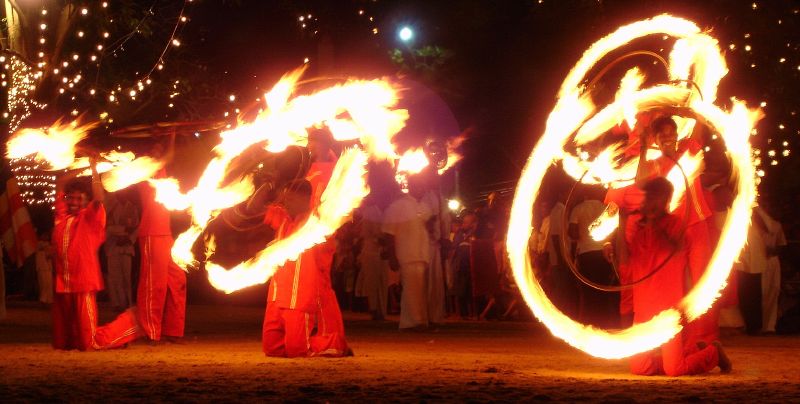
Then the largest temple tusker shows up and they walked him over to the staircase to put millions of flowers and other unidentifiable objects on his back. And then, just as suddenly as it started, it was all over. Seriously, it was fairly anti-climatic. We went back to the temple to see if anything else was happening (we heard there were people in trances hanging about), but nothing was, so we left.
And that is the story of my first Pada Yathra. I plan to go again next year. On the drive back we saw numerous elephants hanging out near the road (of course, my camera batteries were dead). The guys wanted to take a swim near the dam (just outside the famous elephant orphanage). We really wanted to get home to do laundry (I spent six hours last night disinfecting my clothes) and so luckily another Sewalanka vehicle headed to
For more information on this year’s Pada Yathra see this article: http://www.sundayobserver.lk/2007/07/08/fea04.asp.


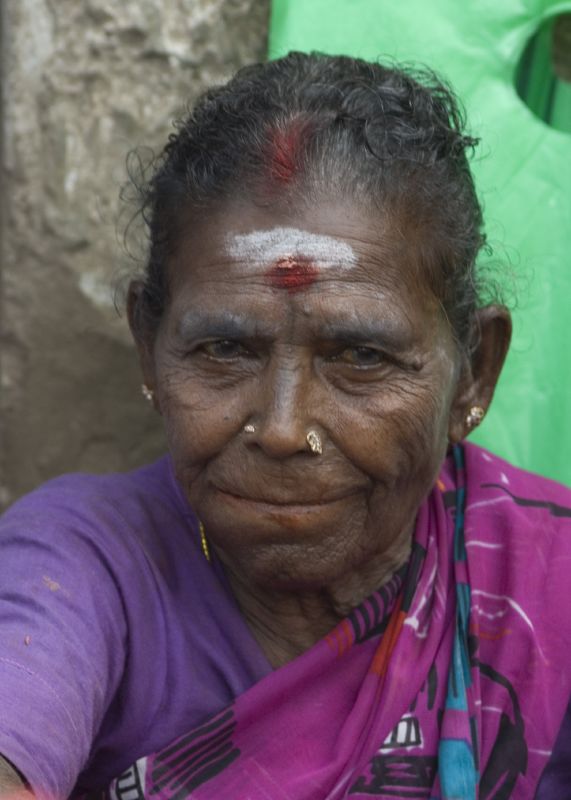

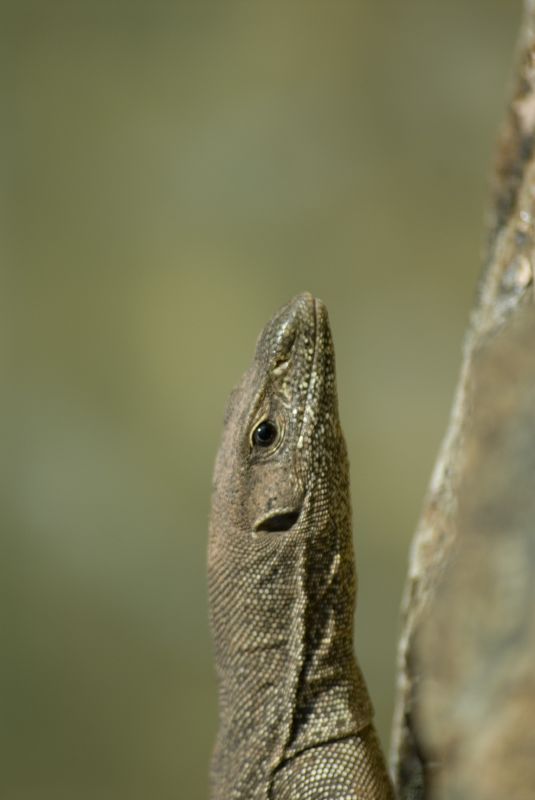
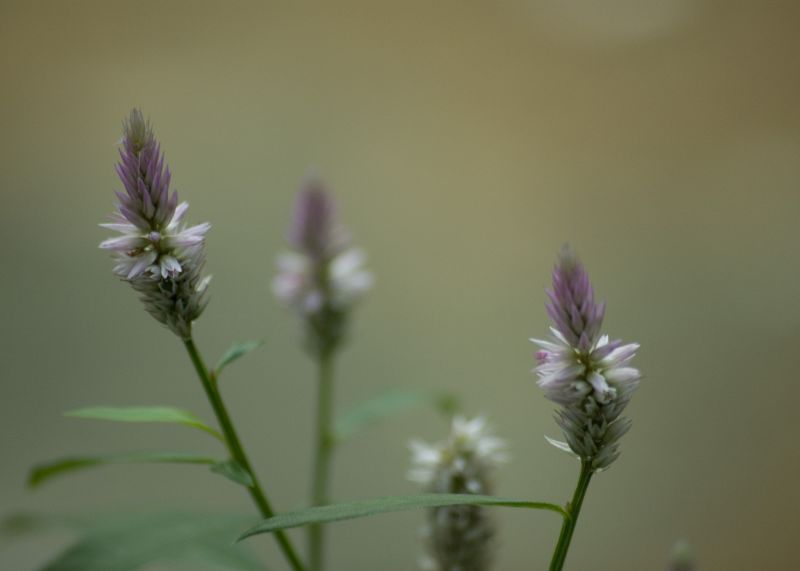
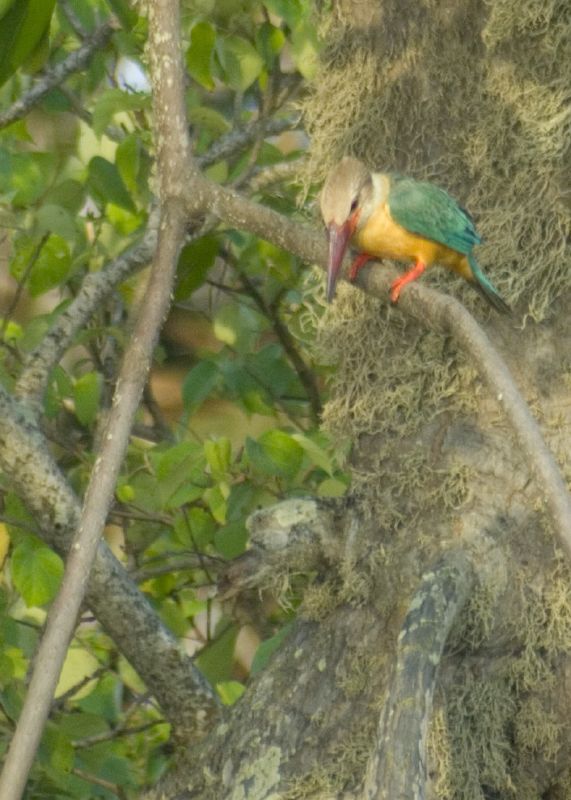

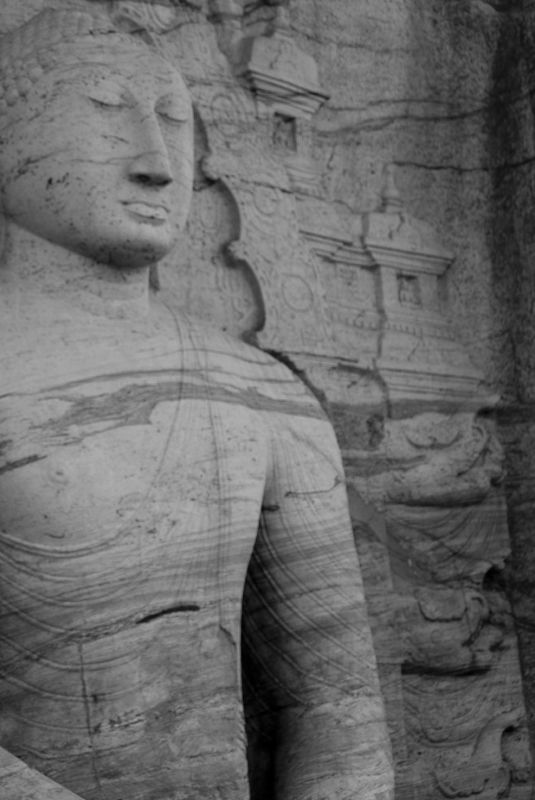

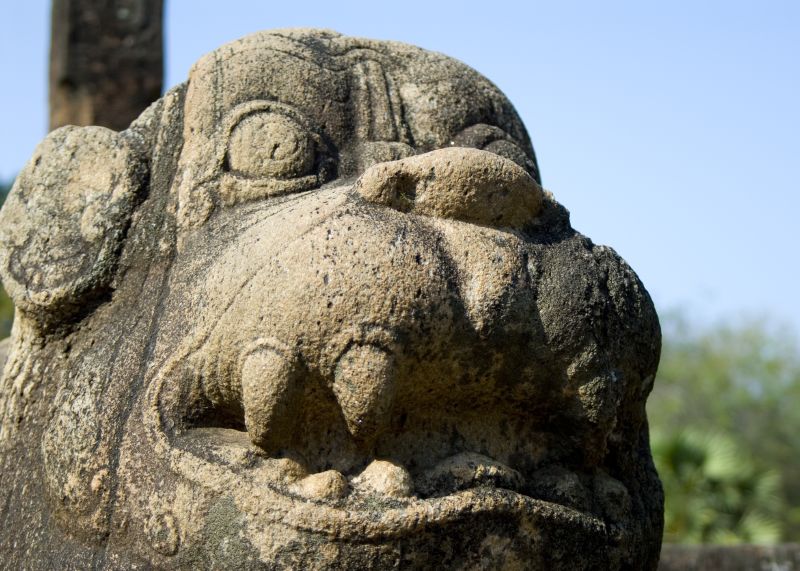
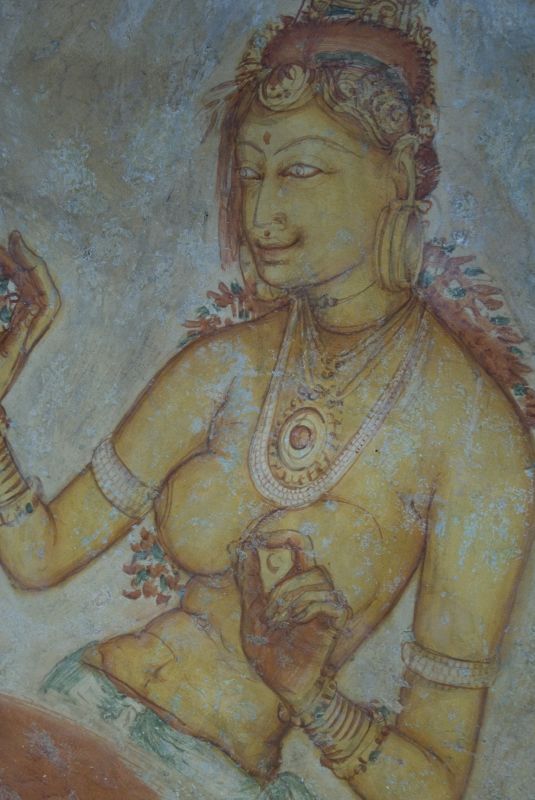

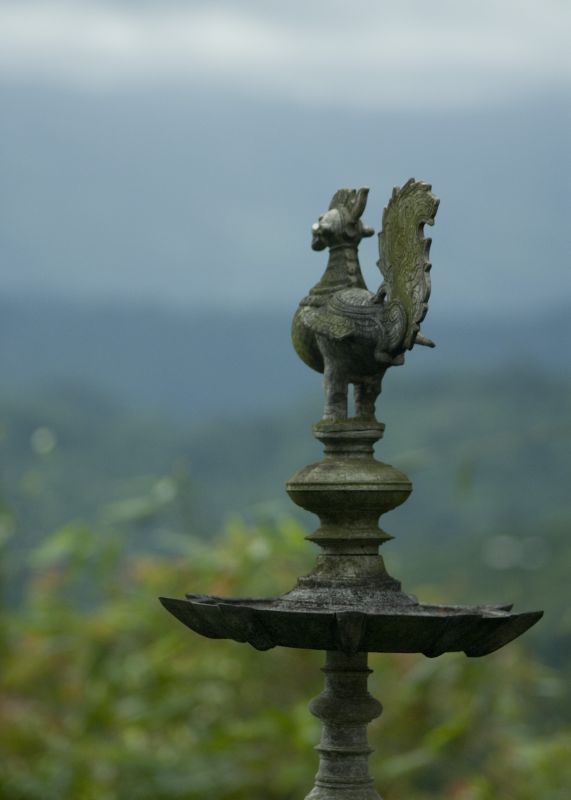
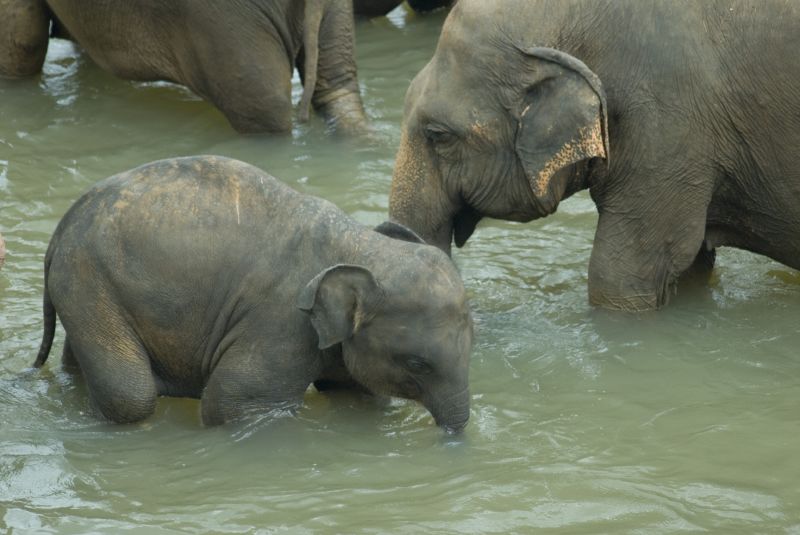


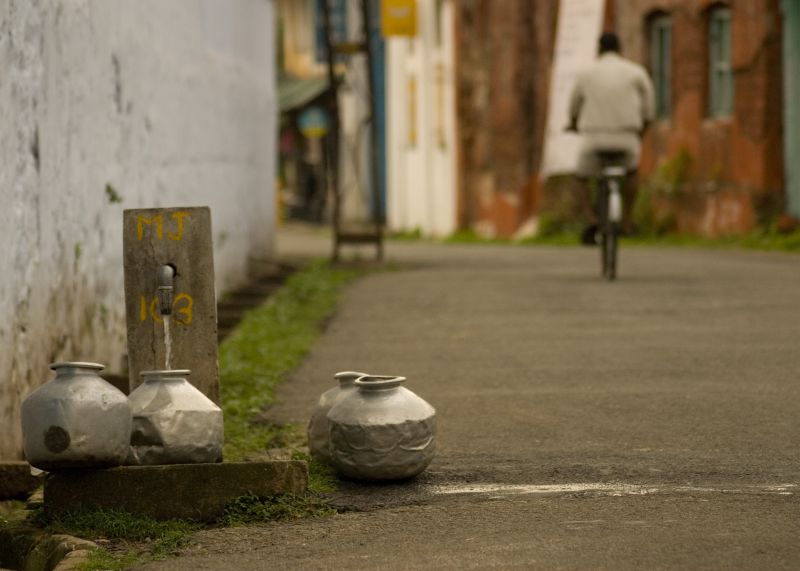
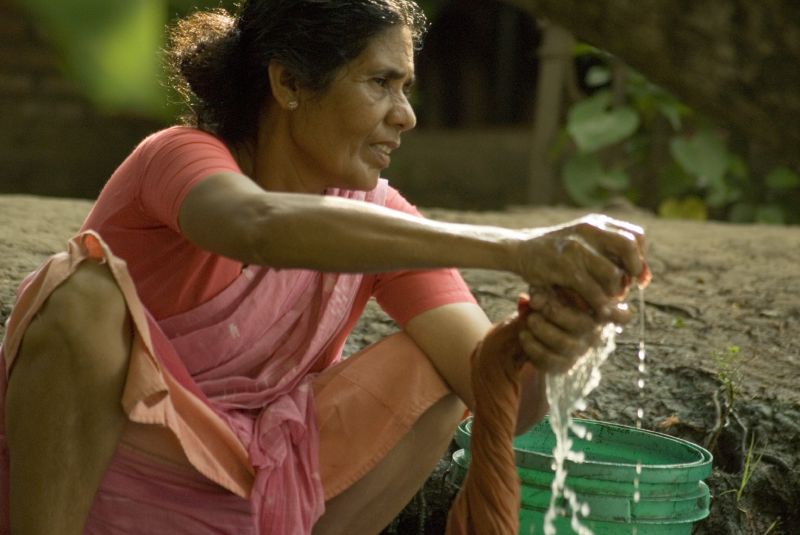
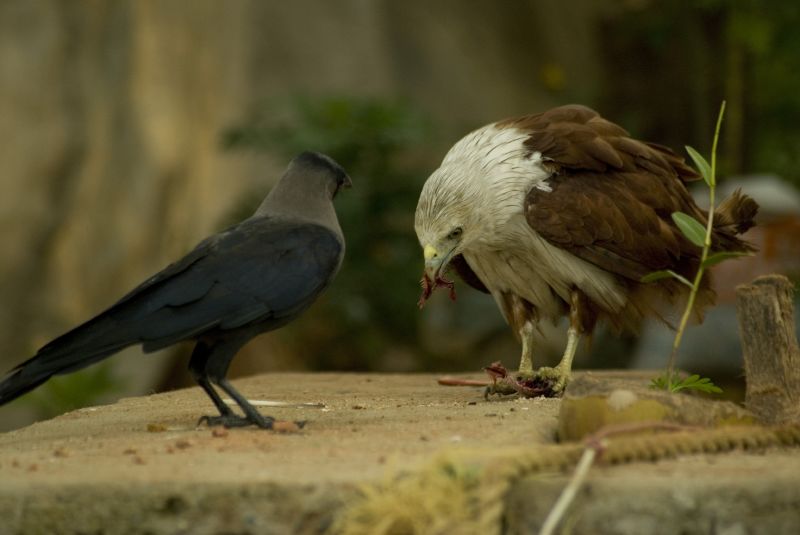

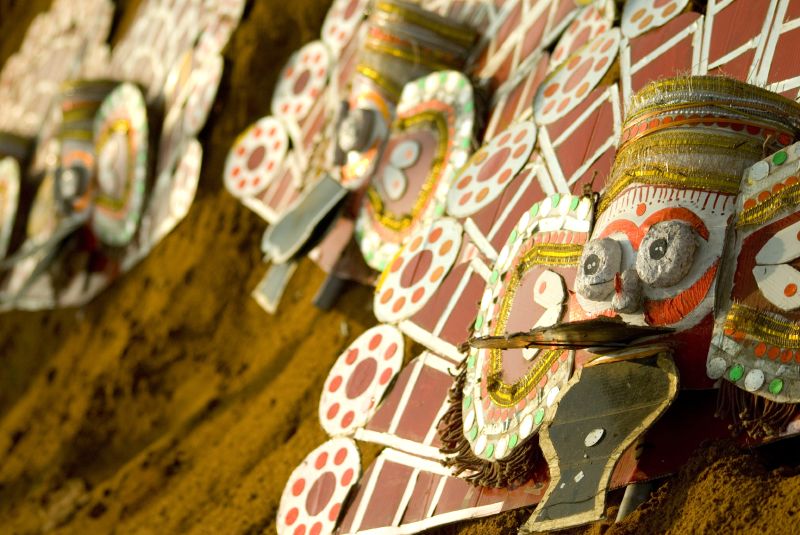
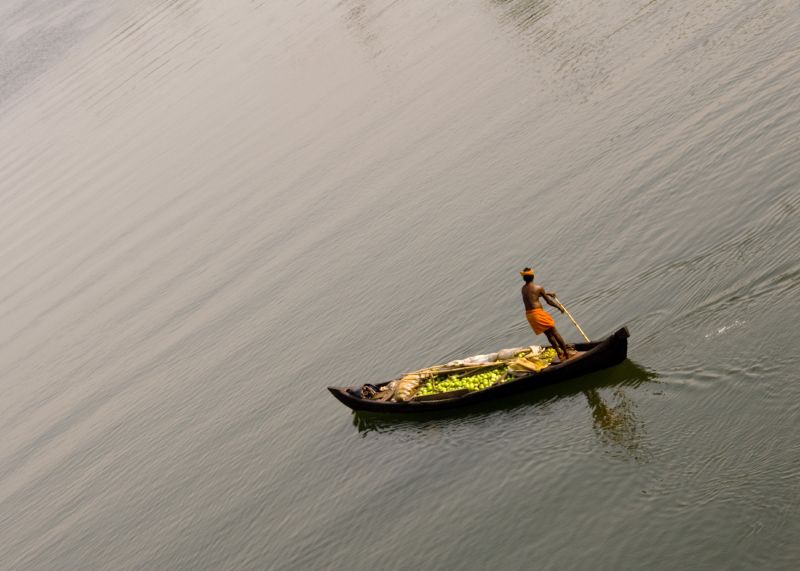
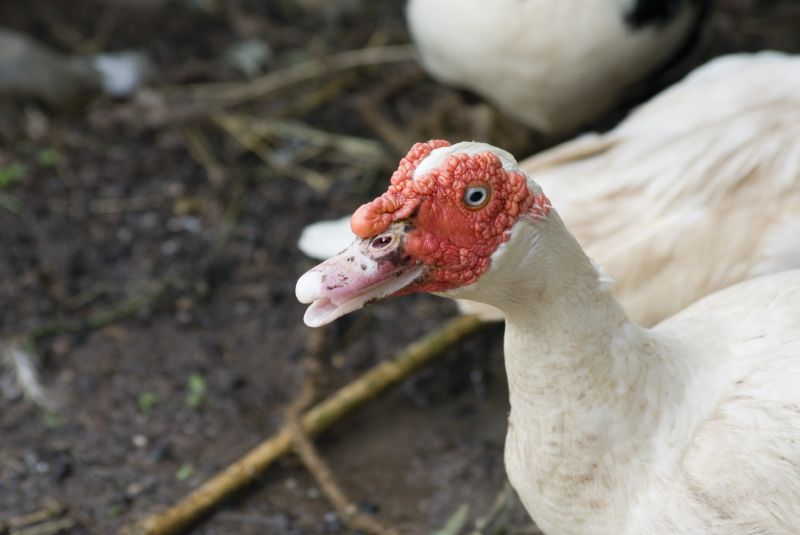
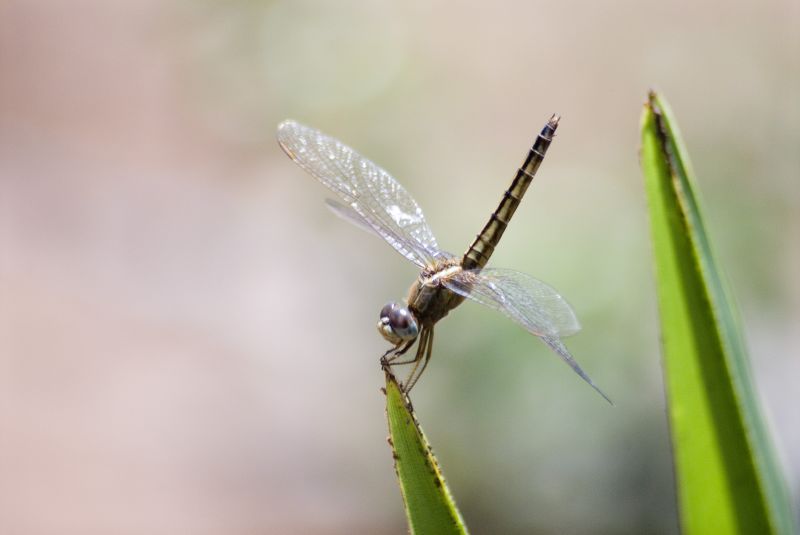
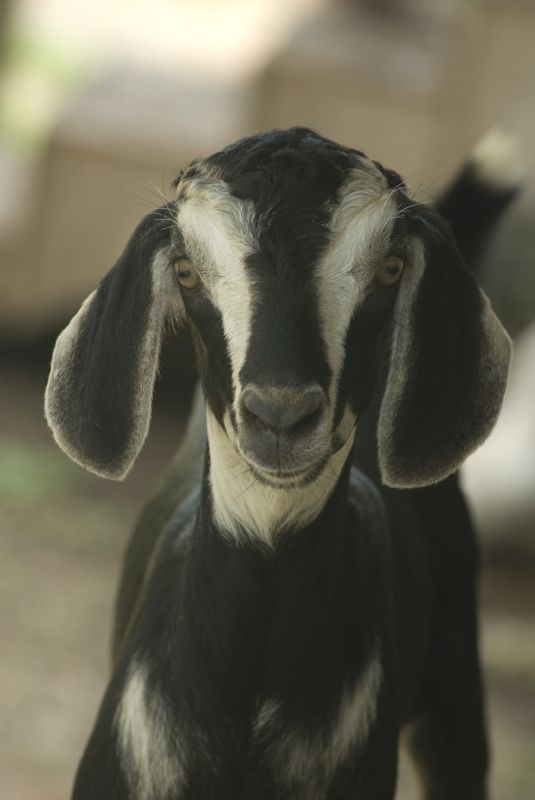
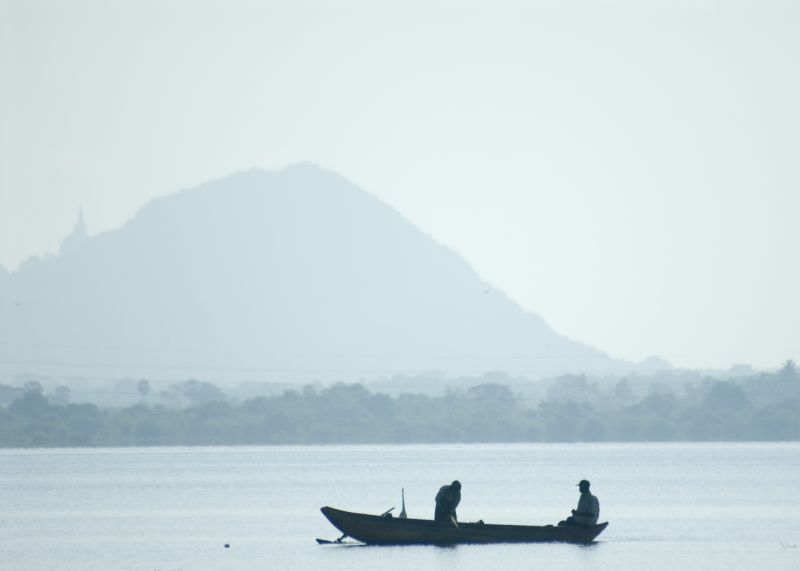
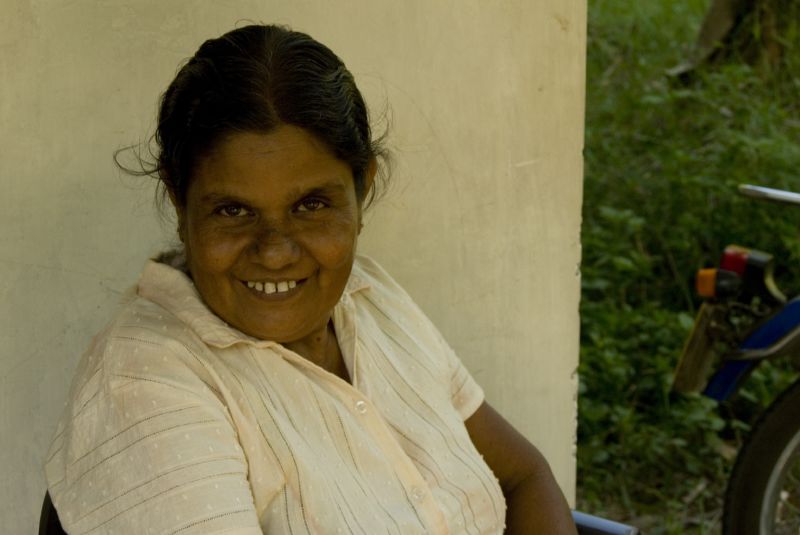
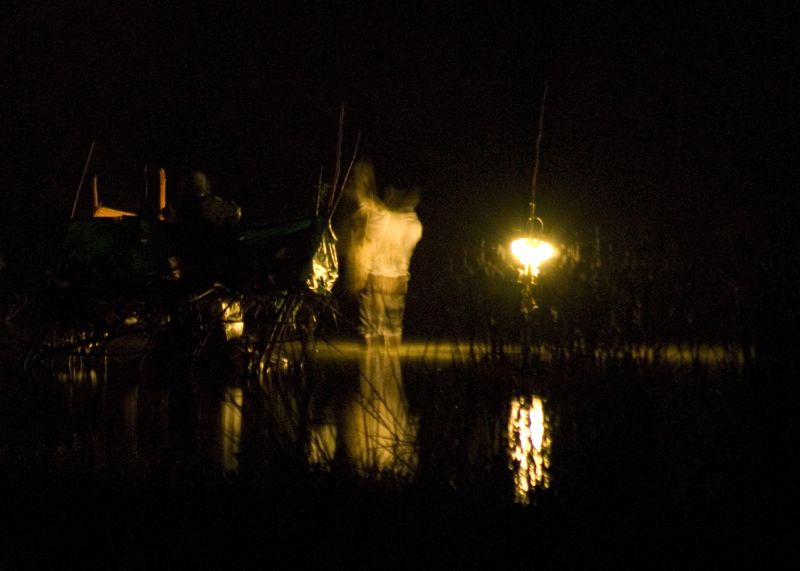
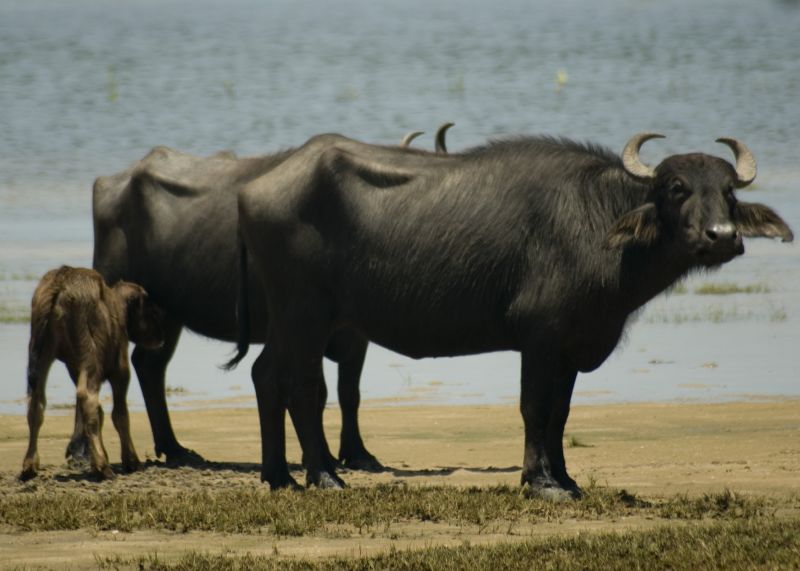

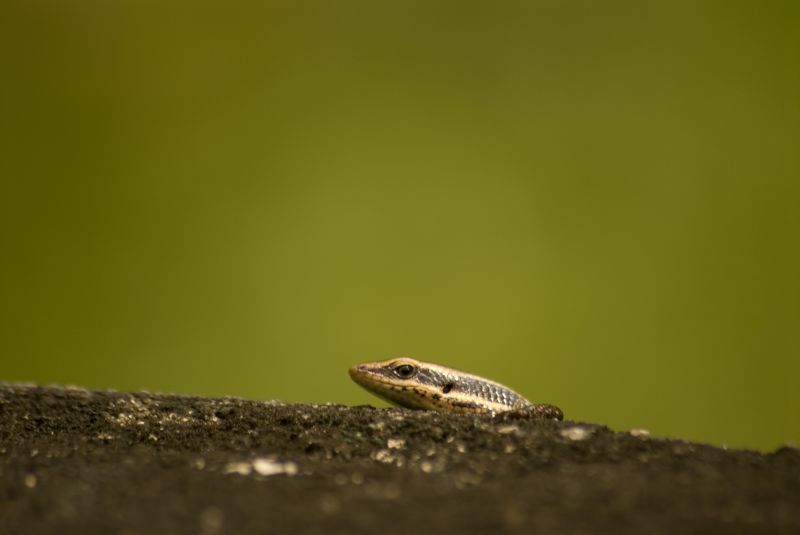
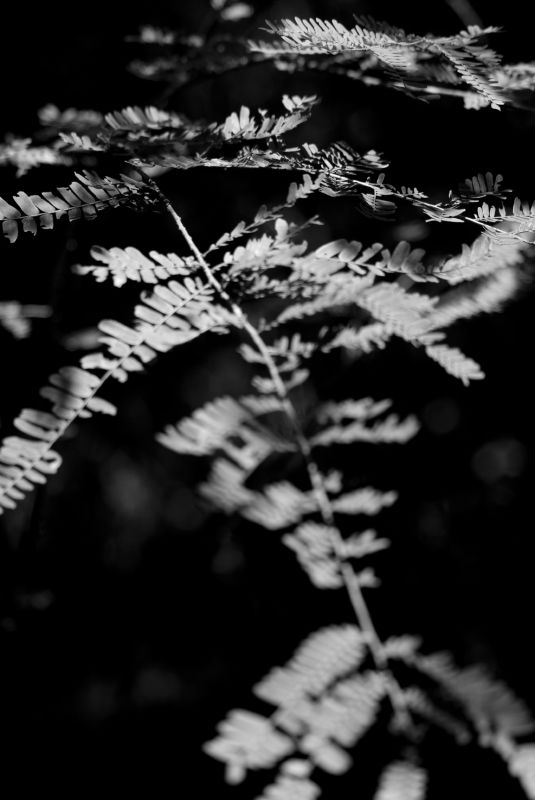

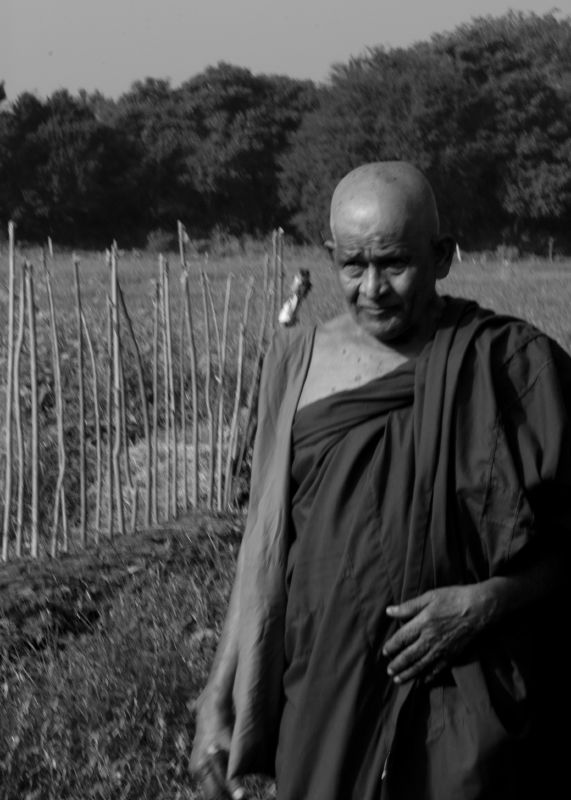
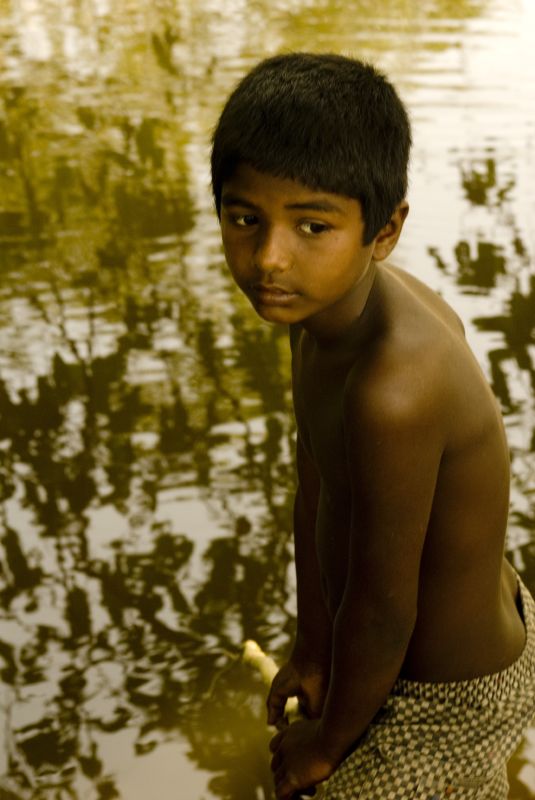



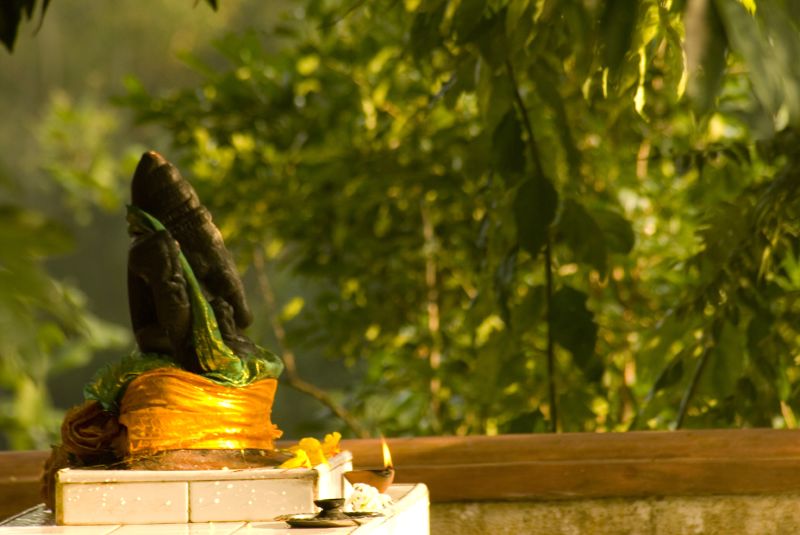
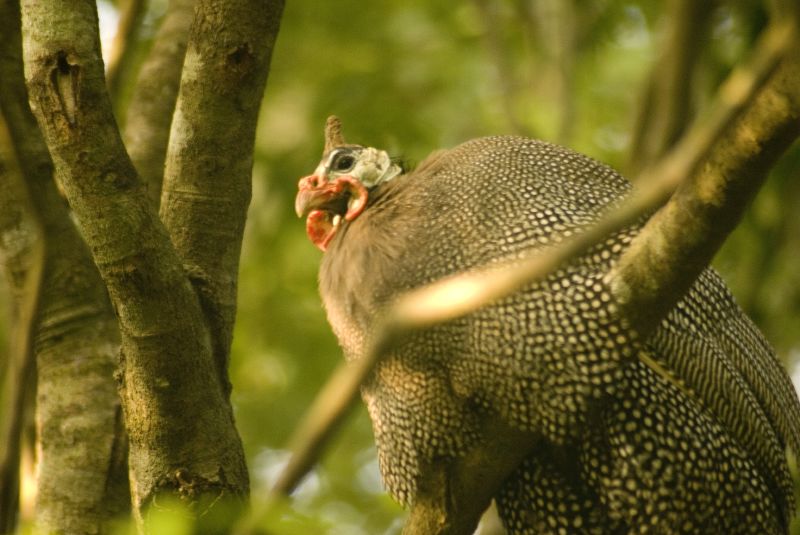
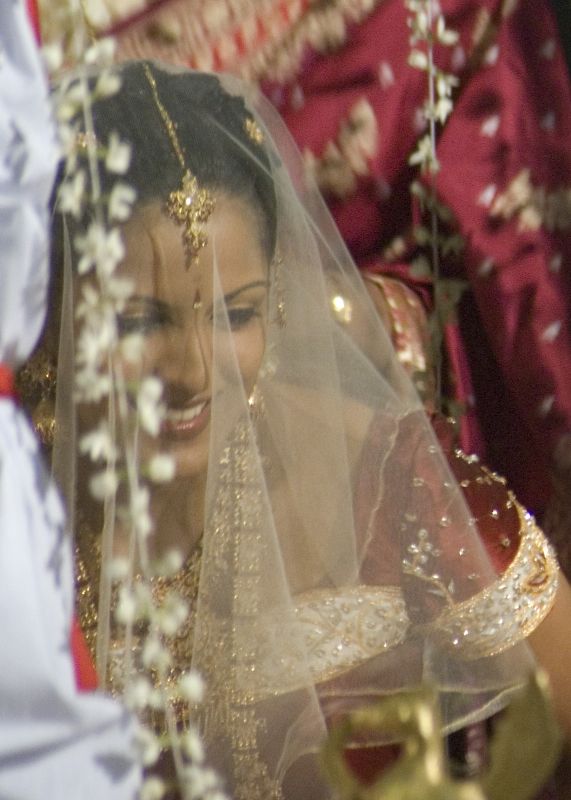
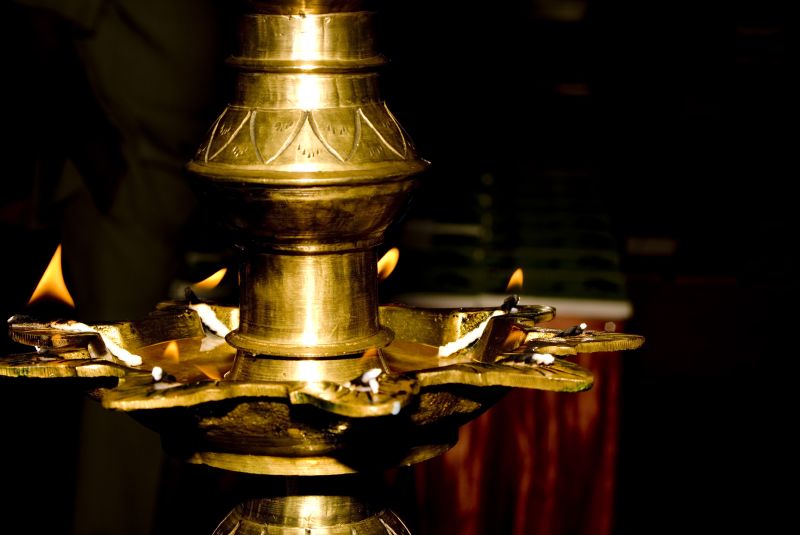
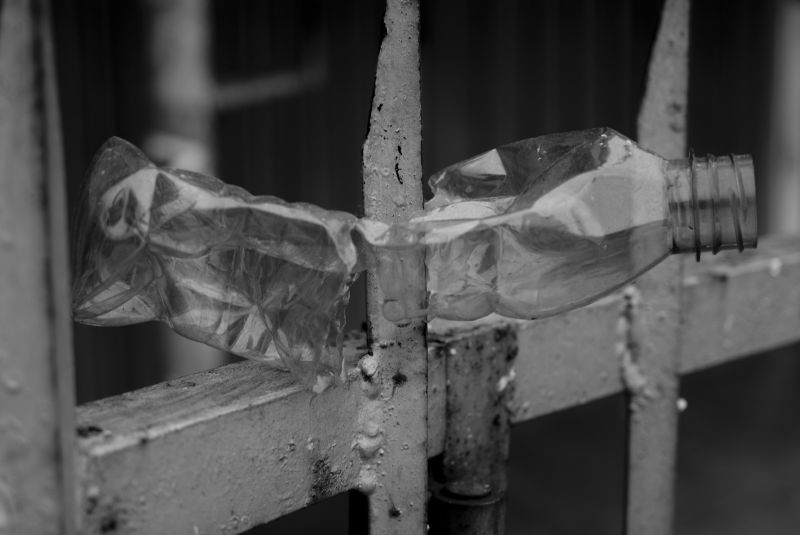


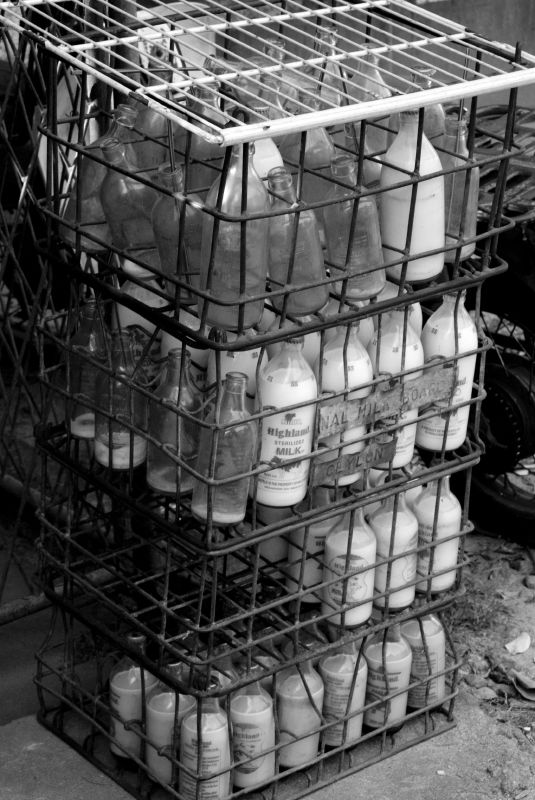
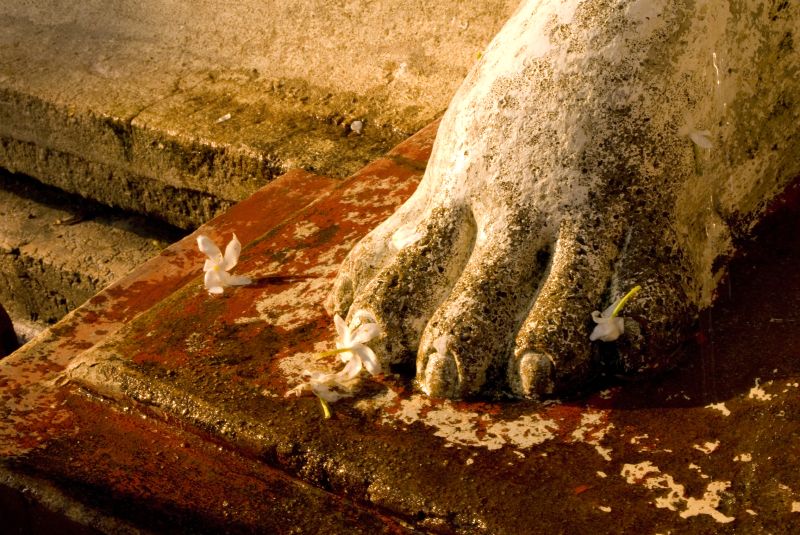
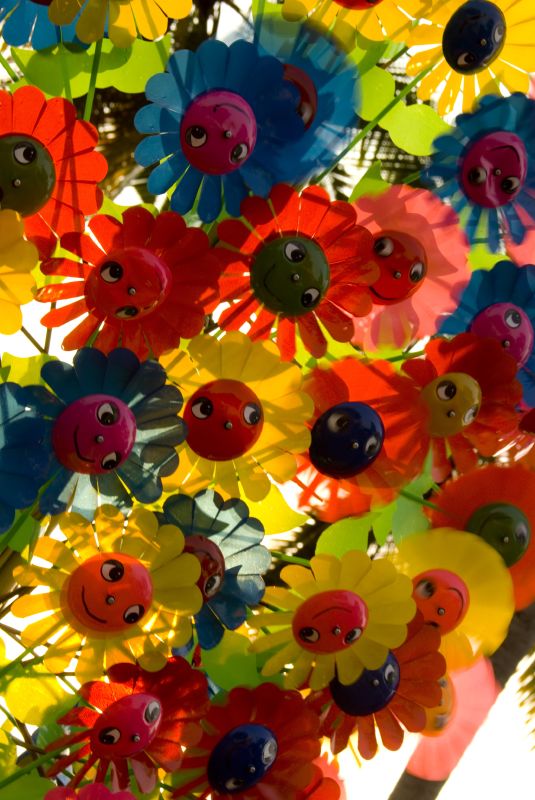

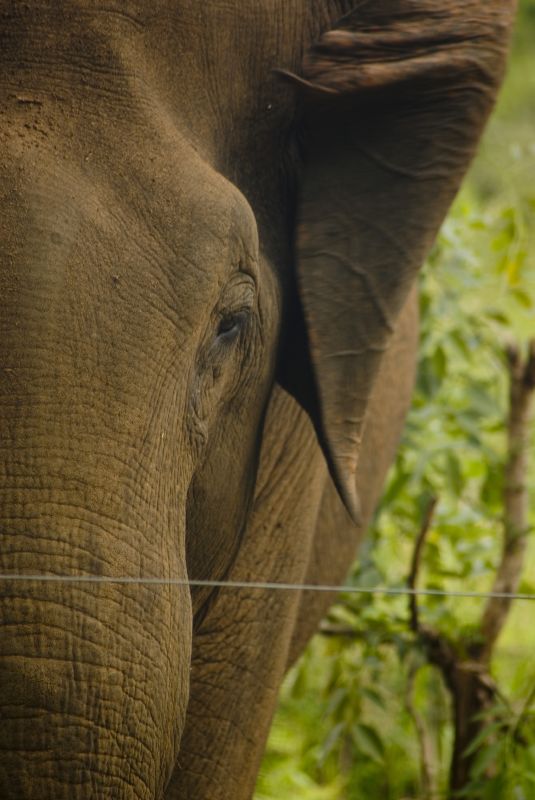


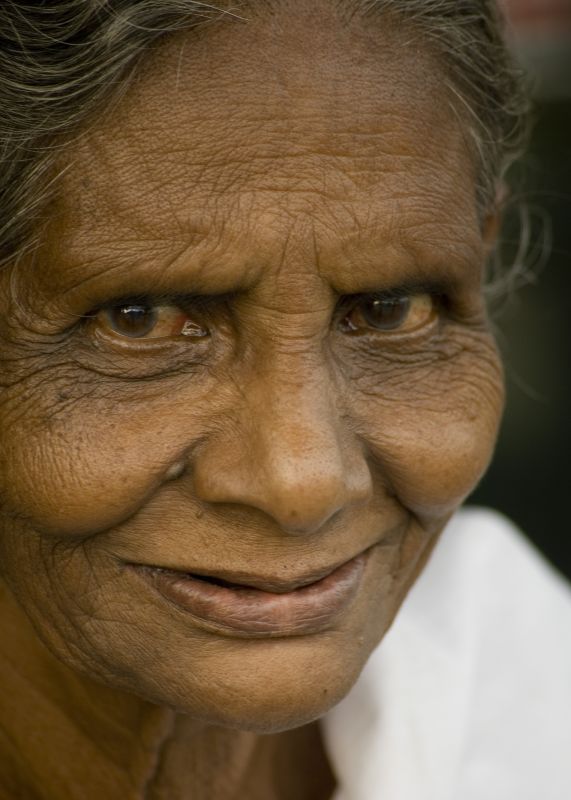
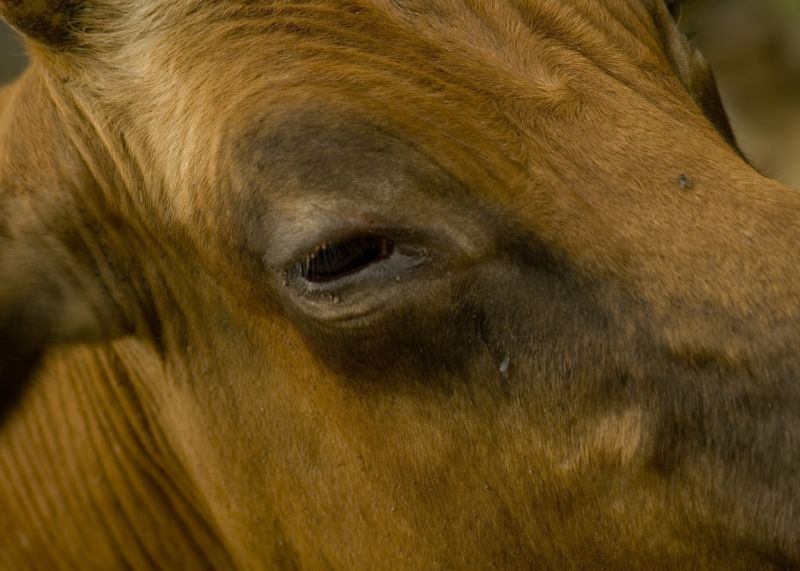


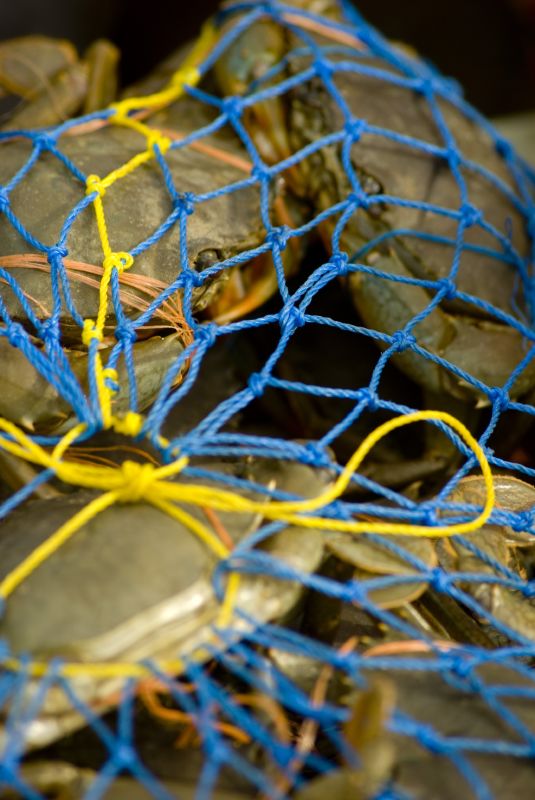

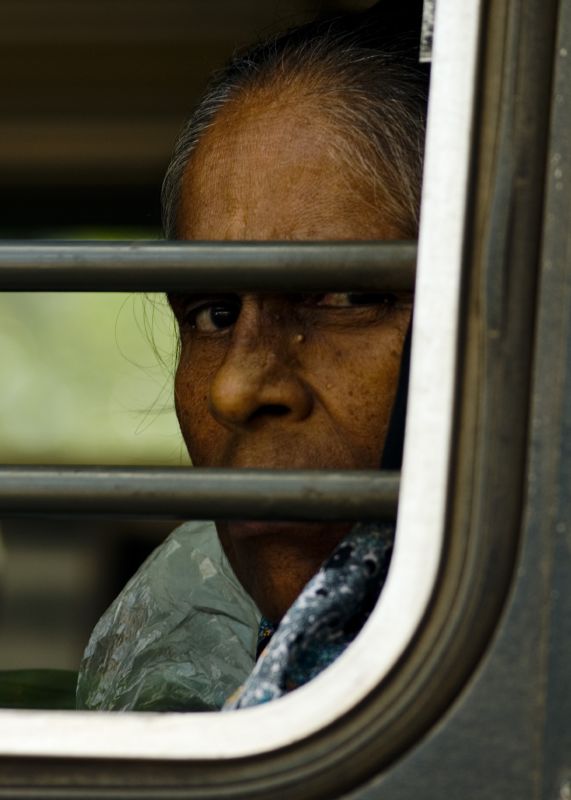
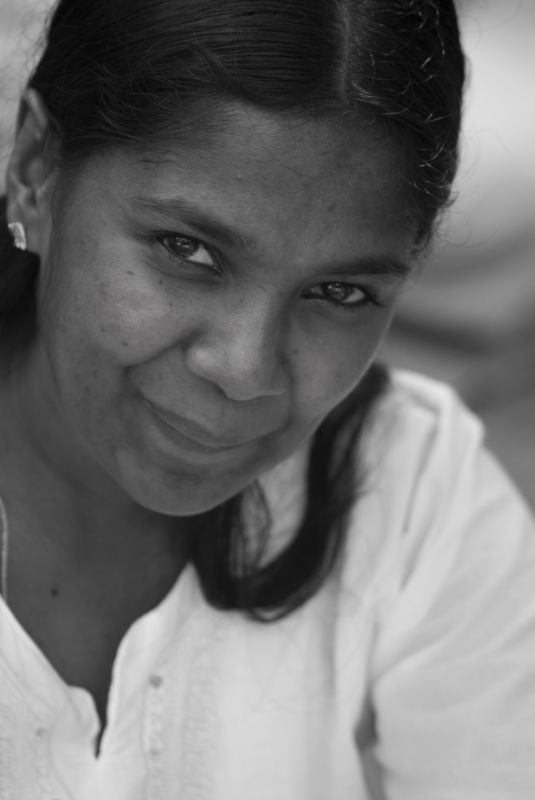



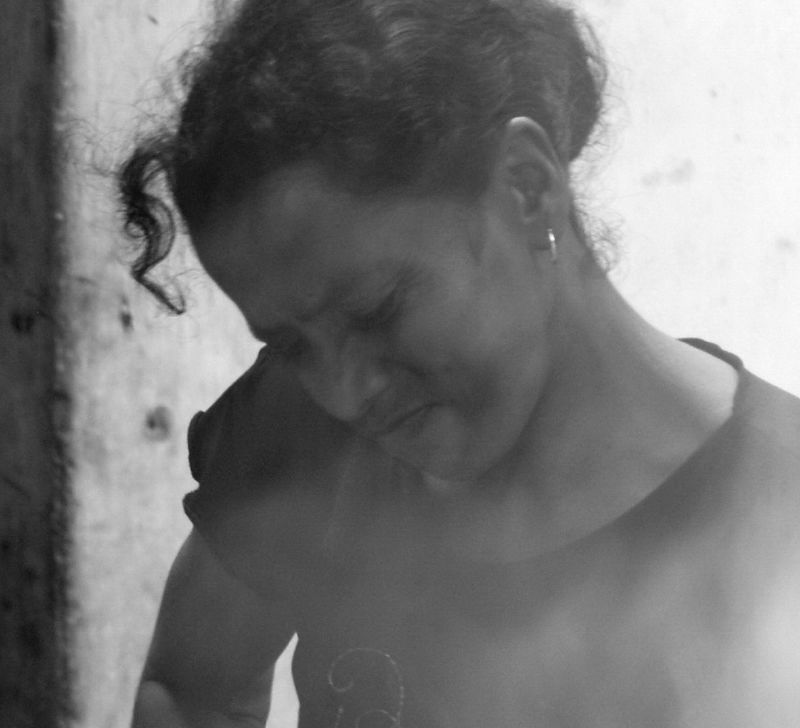



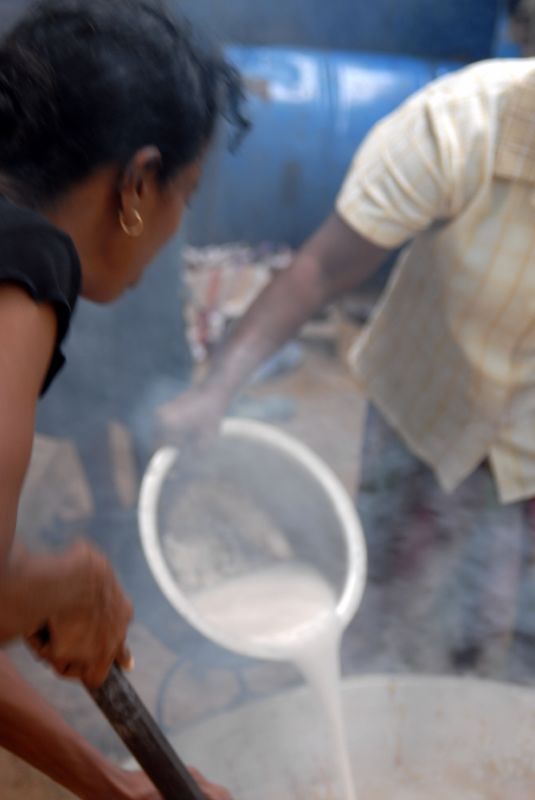
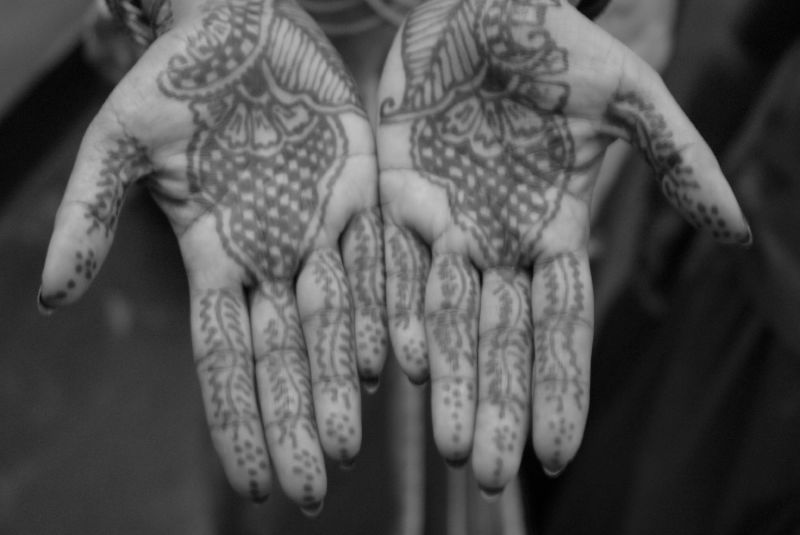

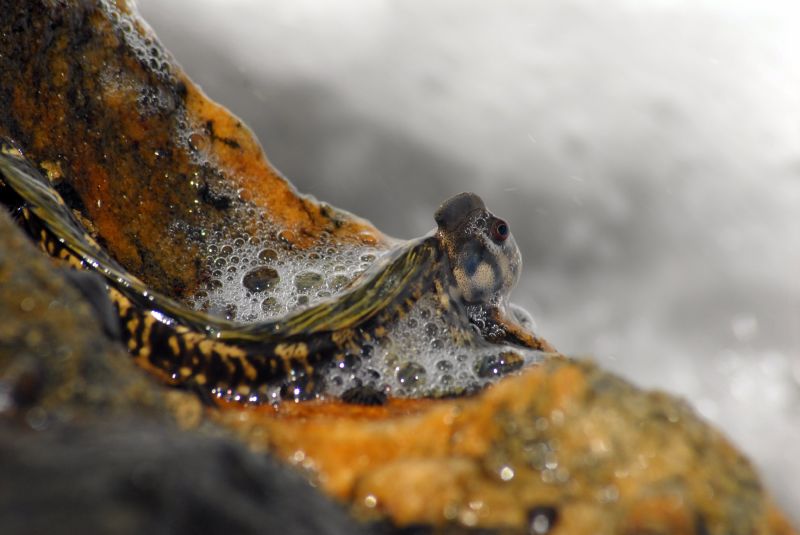
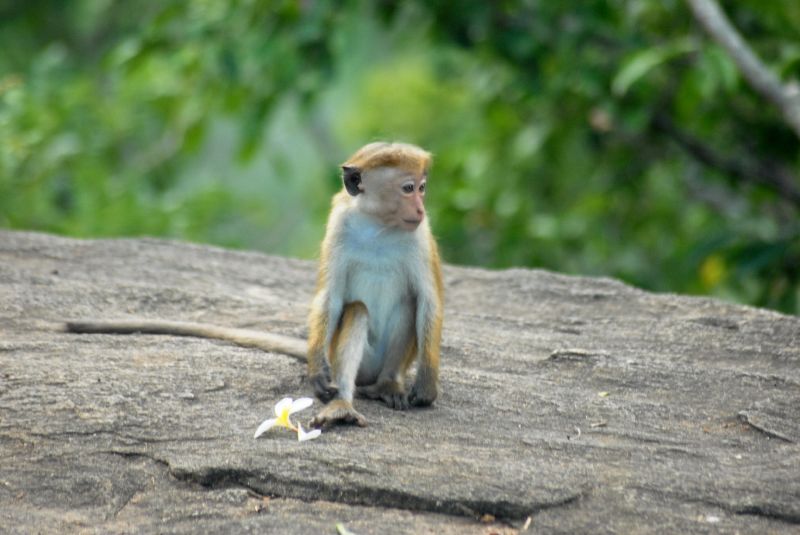


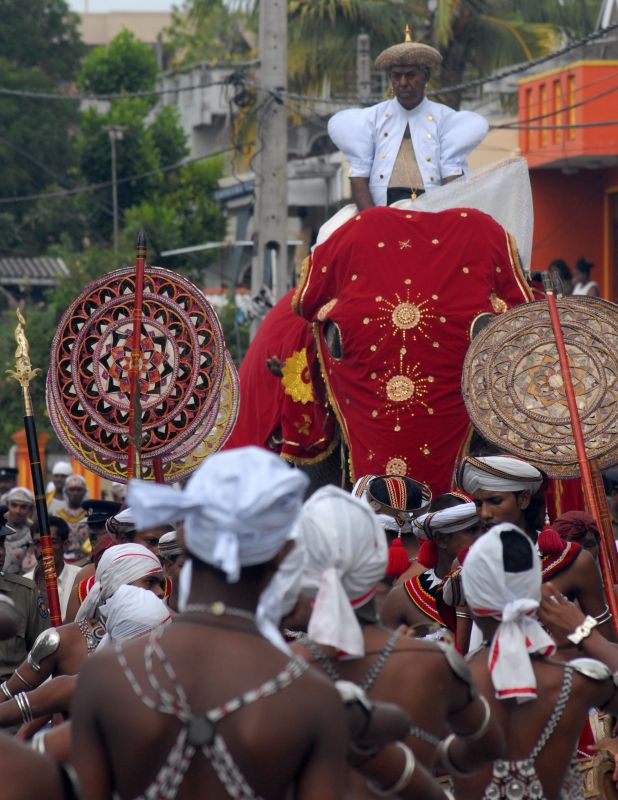
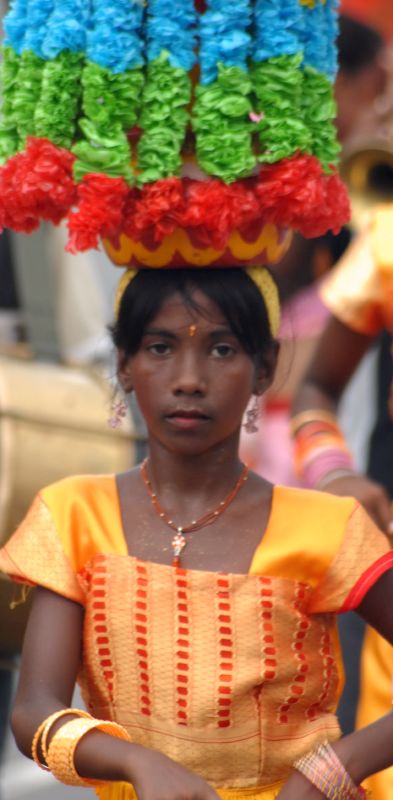
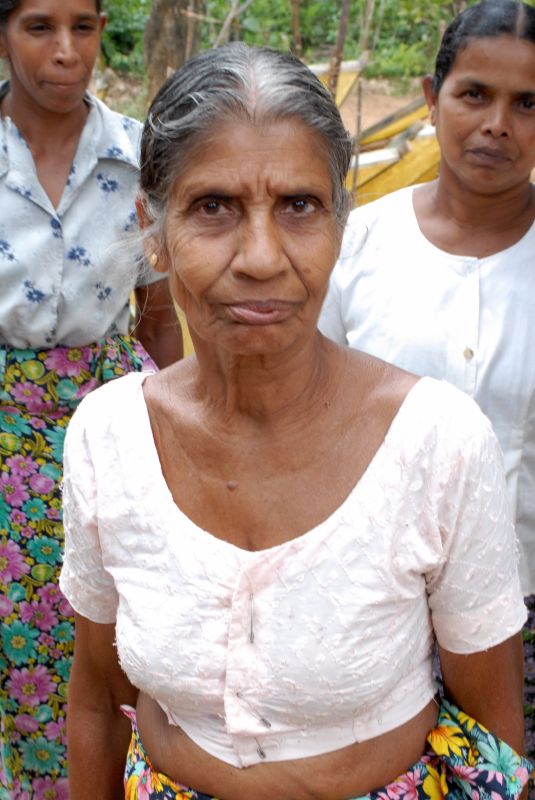

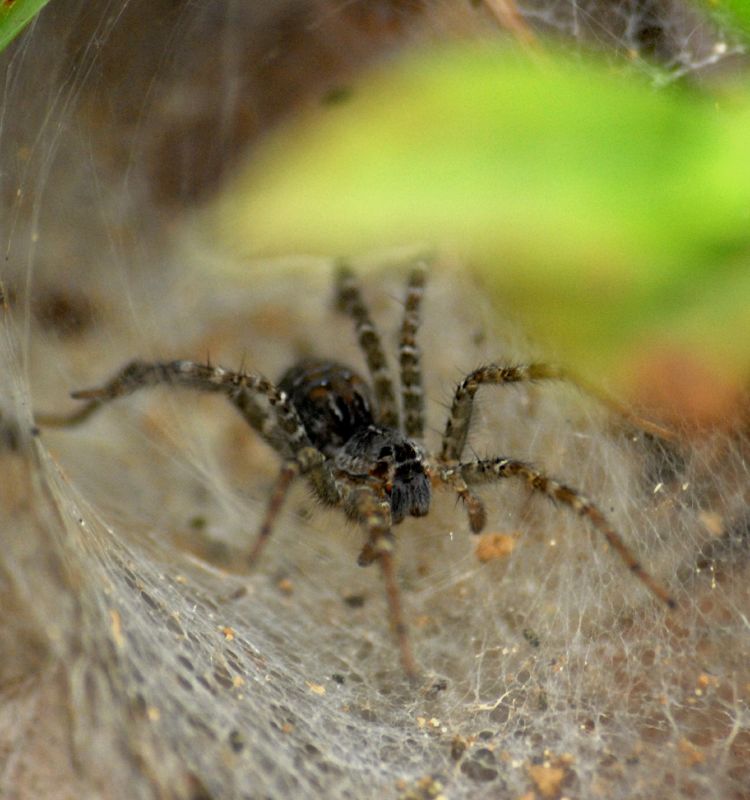
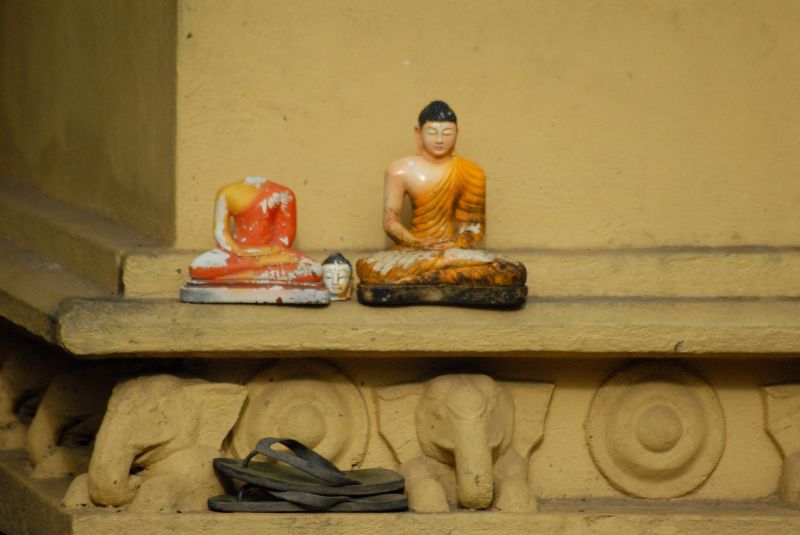
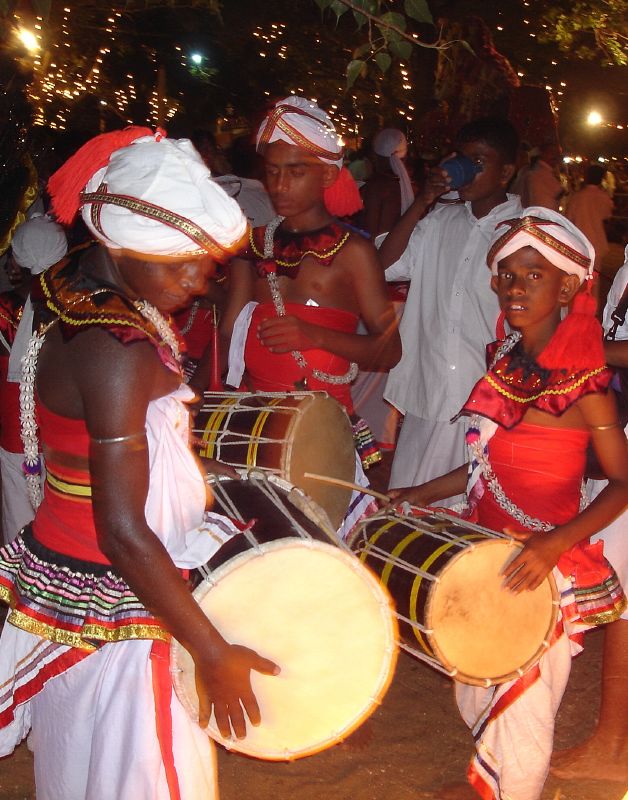
2 comments:
Jessica, I'll have to catch up with my reading about your adventures. Did you hear about mine? Our daughter was born Friday the 13th, 2:57 pm, 7lbs. 13oz., 20 in. Lydia Violet Ekzarkhov. Check out the blog for more: jenanddima.com. We blogged from labor and delivery! No worries, nothing to see that we wouldn't want the world to know about. ;^) Take care and keep the adventures and amazing photos comeing. Jen G.
Yes! And I spent the better part of the day reading your baby blog. What a beautiful little girl. I have to admit, I thought you were having a boy too, what a surprise!
Post a Comment